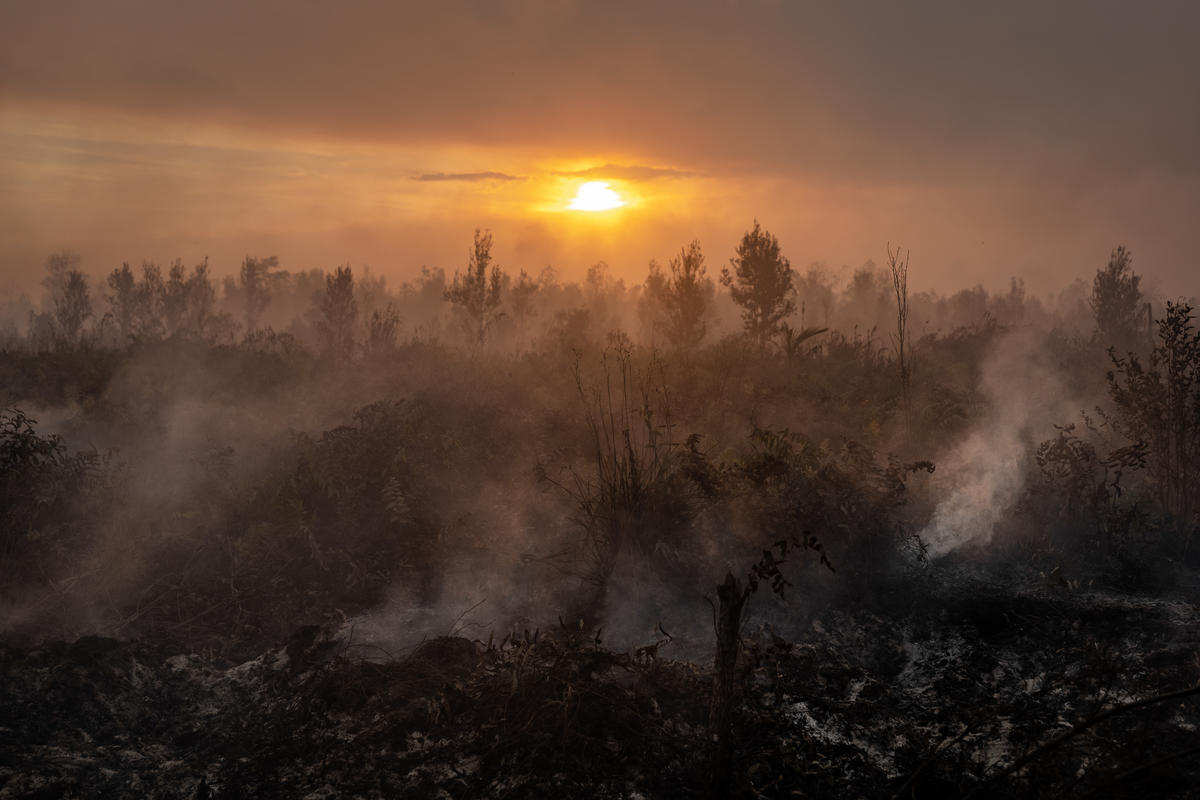
Smoke
rises during forest and plantation fires in Tanjung Taruna,
Sub-district Jabiren Raya, District Pulang Pisau, Central Kalimantan,
Indonesia. Indonesia’s government has declared a state emergency in six
provinces at Sumatra and Kalimantan island as the forest fires in
Indonesia get bigger. © Ulet Ifansasti / Greenpeace
Using ecological farming practices and giving more of the land back to nature is critical in guarding against the climate crisis, providing enough food for everyone, and to ensure the survival of Indigenous Peoples around the world.
Unfortunately, a major new report from the Intergovernmental Panel on Climate Change – the UN body providing the scientific analysis informing global action – reveals how land of all types (forests, grasslands and wetlands to name a few) is being mistreated, causing a host of social and environmental problems.
Ironically, the way we produce our food is causing many of these problems. Industrial agriculture has expanded across the planet at a phenomenal rate, chewing up forests and other natural areas to produce cheap crops and meat.
Here are the top five reasons we should take more care with the land.
1. Using land wisely will combat the climate crisis
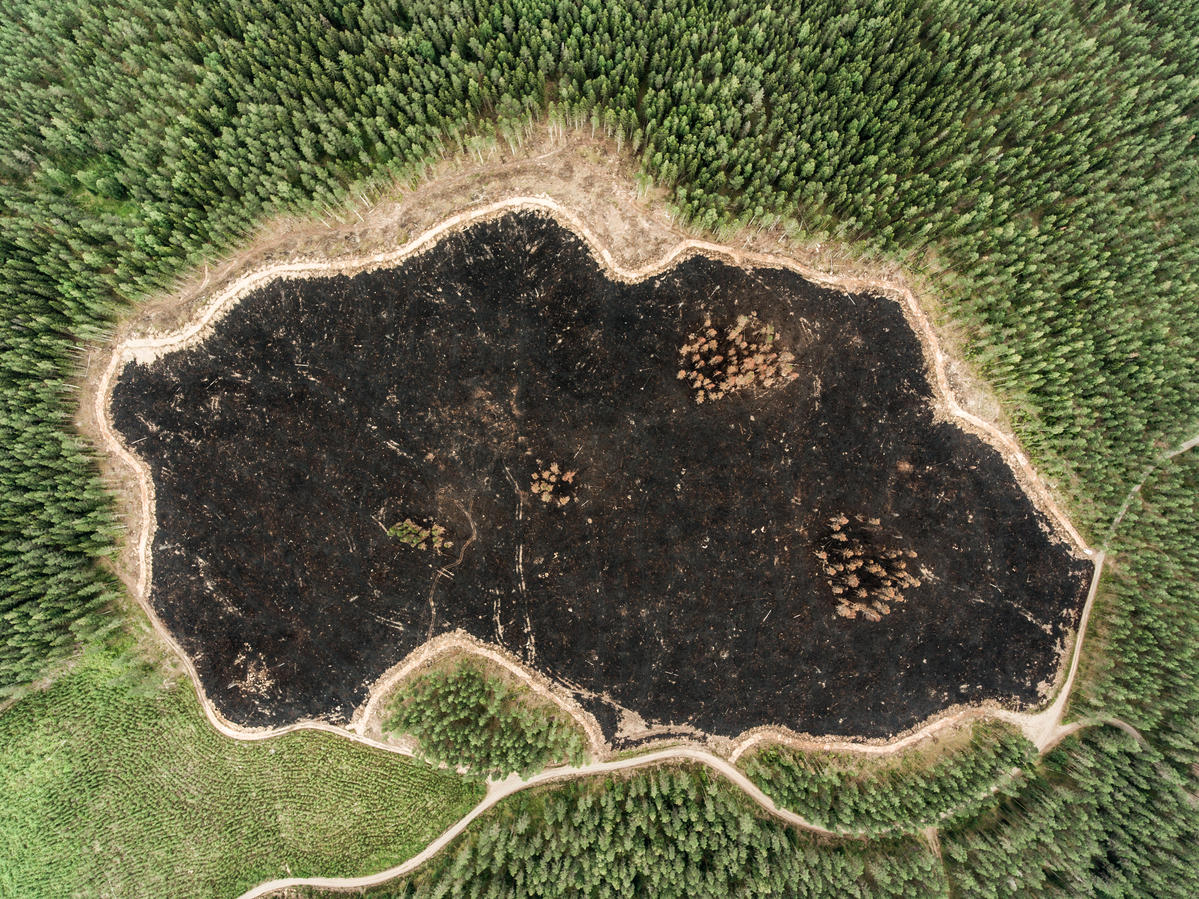
An
area of forest in southern Finland which was logged by UPM, a Finnish
forest industry company, in 2018 and later burned. © Jani Sipilä /
Greenpeace
But what’s happening instead is that forests and grasslands are being torn up at an ever-increasing rate, largely by industrial agriculture. The drive to produce cheap meat has seen vast areas of forest being replaced with enormous cattle farms and soya plantations to feed cows, pigs and chickens. Converting forests into agricultural land releases carbon emissions. So it’s no surprise that nearly a quarter of global emissions comes from agriculture, forestry and other types of land use, and meat and dairy production is responsible for a significant proportion of those.
Cutting back on the amount of meat and dairy we produce and eat will reduce the amount of forests being converted into agricultural land. Reducing meat consumption around the world by 50% in the next 30 years (and by even greater amounts in regions where meat consumption is already high, like Europe and North America) is crucial to slash emissions and fight the climate crisis.
2. Looking after the land means looking after wildlife and plant species…
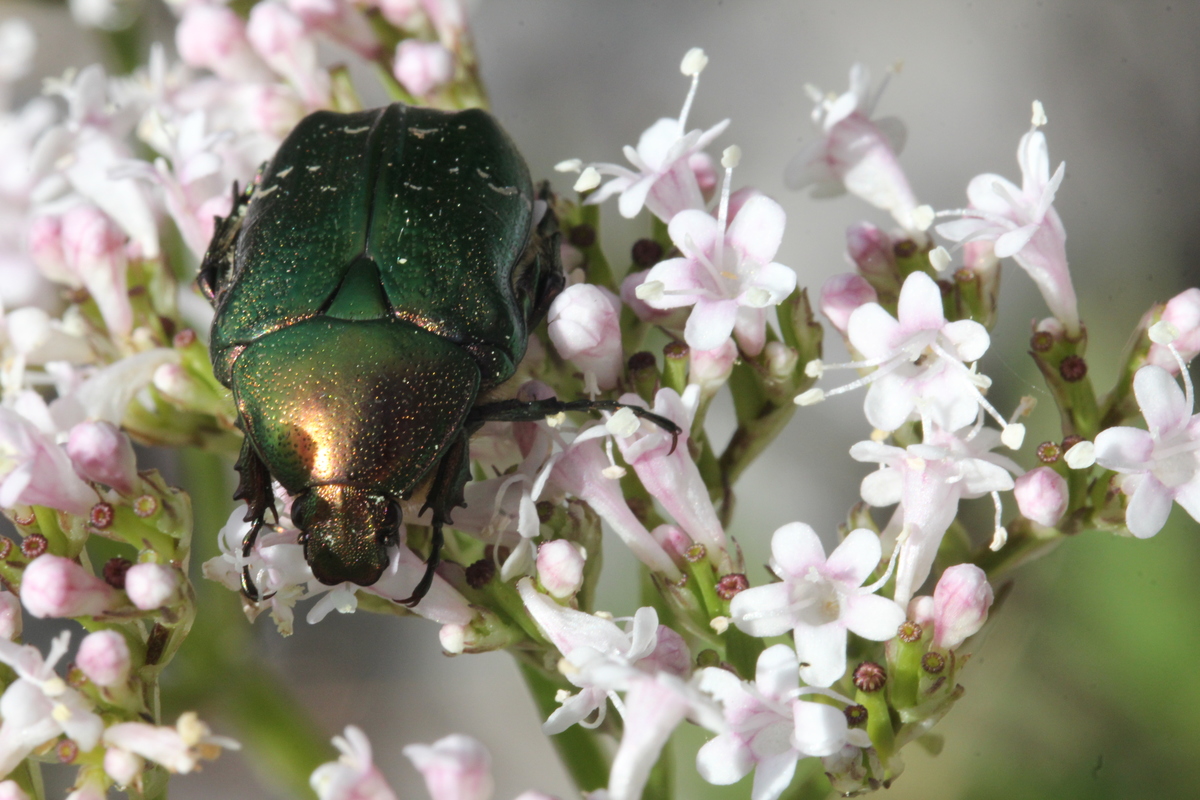
Close up of green beetle in flowers from Kurgalsky Nature Reserve, Russia. © Evgeny Usov / Greenpeace
As these natural landscapes are converted into industrial agricultural land, this richness is being replaced by huge areas dominated by only a few species – domesticated livestock and plantation crops like palm oil and soya. Many wild species are being pushed to the brink of extinction, and the recent report from the UN’s IPBES warns that up to one million species face extinction because of human activity.
To prevent this, the relentless expansion of industrial agriculture needs to be halted and natural areas restored so they can continue to support the bewildering variety of life found on our planet. Not only that, adopting ecological farming practices will reduce the use of chemicals like pesticides – good news for the bees and other insects which are in serious decline.
3. …and ensures the survival of Indigenous Peoples
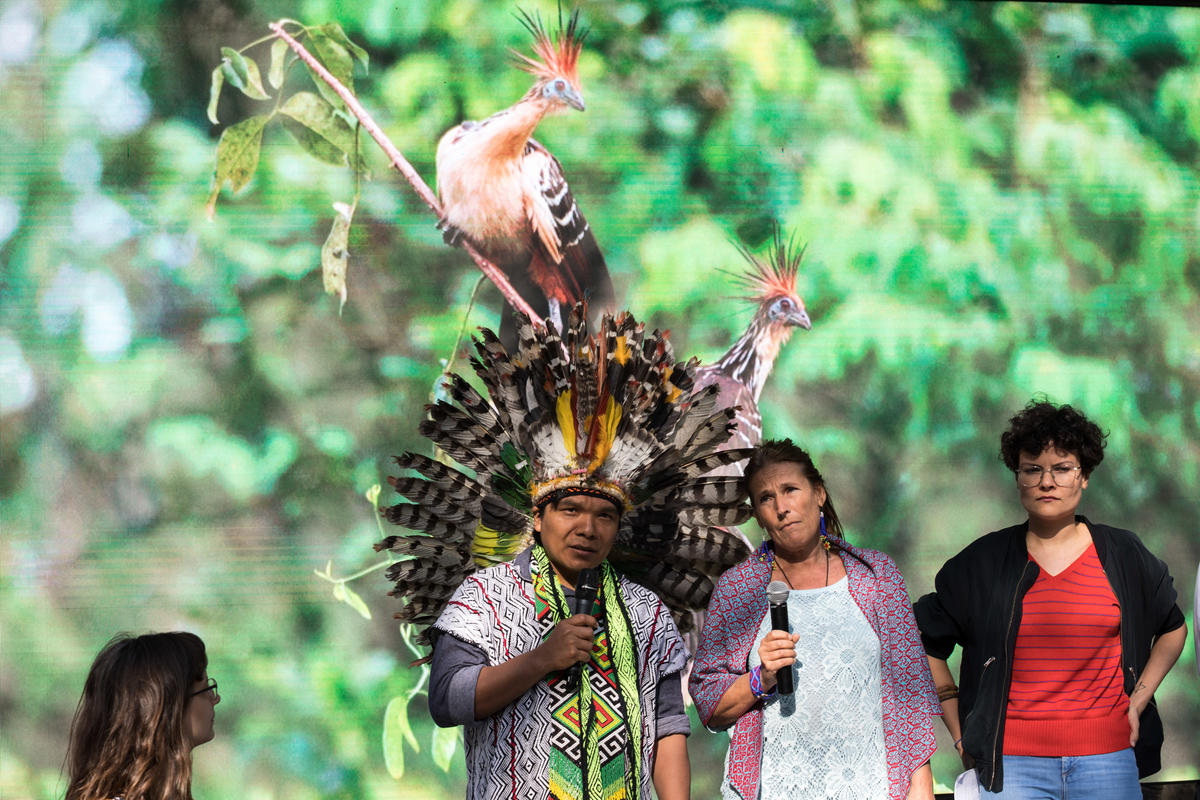
Indigenous
Leader Txana Bane speaks at an All Eyes on the Amazon solidarity
protest in Berlin, Germany. © Gordon Welters / Greenpeace
Indigenous Peoples represent less than 5% of the world’s population. Yet collectively, their lands hold over a third of all remaining natural areas and they are on the frontlines fighting to defend forests and other natural areas. Studies have shown that areas governed by Indigenous Peoples contain more biodiversity than elsewhere. The new IPCC land report is clear that respecting and supporting Indigenous Peoples is vital to make sure forests and other natural areas are healthy and well-managed.
4. Healthy land means fertile soils
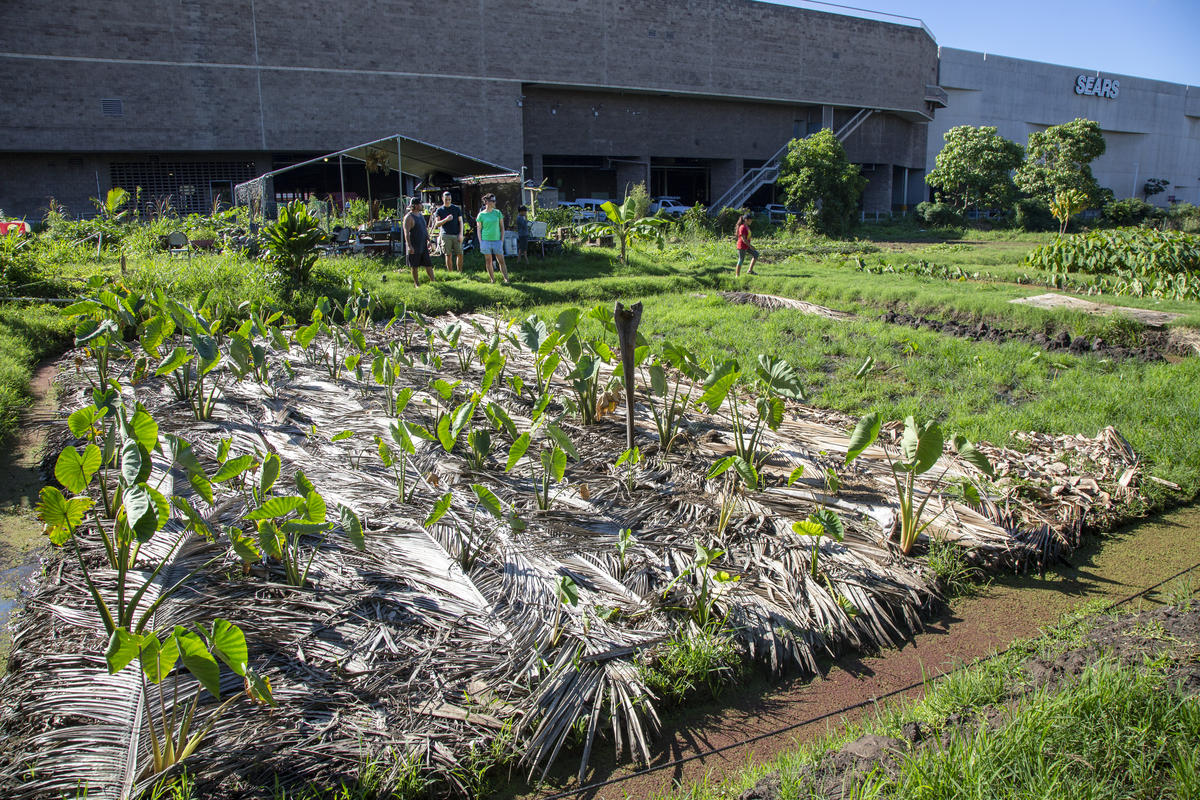
An urban organic farm in Oahu, Hawaii. © Greenpeace / Tim Aubry
Cutting back on meat-heavy diets and replacing intensive farming with a more ecological approach will reduce pressure on the land and maintain soil fertility. And soil is another major carbon storage space, so keeping soils in good condition is another natural solution to the climate crisis.
5. It will even improve our own health
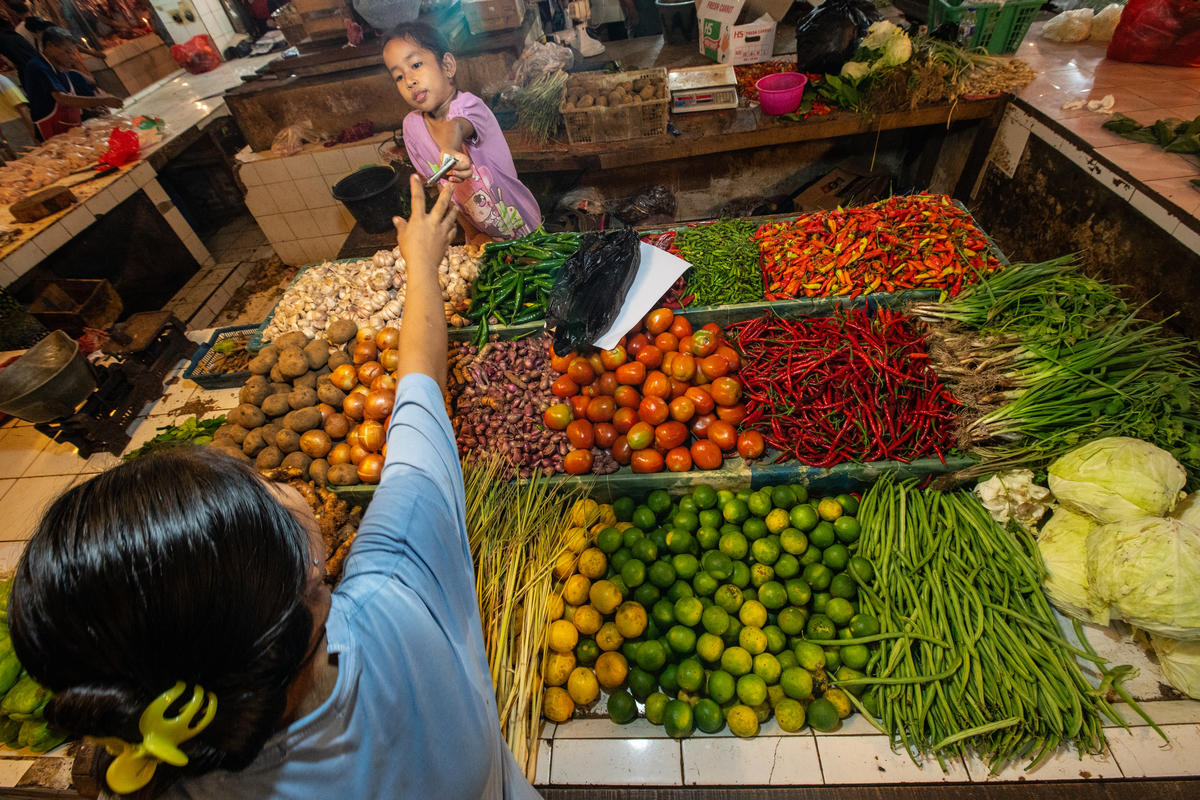
Vendor serves customer at a traditional fresh market in Depok, West Java, Indonesia. © Jurnasyanto Sukarno / Greenpeace
Growing crops for people to eat is a much more efficient use of land. Shifting to largely plant-based diets with more vegetables, fruit, nuts and pulses will mean less land is needed for agriculture and more can be given back to the forests. Cutting back on meat can also reduce the risk of medical conditions such as heart disease and type 2 diabetes and can ultimately add up to three and a half years to people’s lives.
Making these changes is not only good for our health, but the health of the planet.
Dr. Reyes Tirado works as part of the Greenpeace Research Laboratory at the University of Exeter in the UK. She leads field investigations and scientific analysis on climate change and biodiversity, agriculture and food systems.

No comments:
Post a Comment
Note: Only a member of this blog may post a comment.